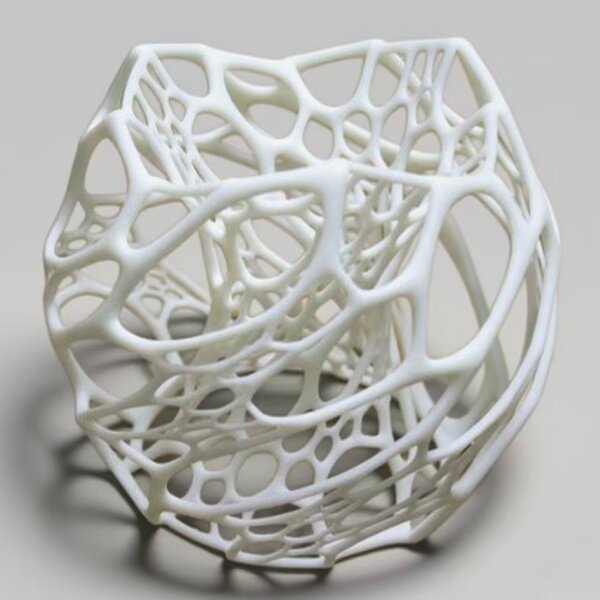1. High degree of customization, capable of precisely producing complex geometries that are difficult to achieve through traditional manufacturing processes, meeting personalized design requirements.
2. High material utilization, utilizing additive manufacturing technology to add raw materials only where needed, significantly reducing material loss and waste.
3. No need for molds, eliminating the mold design and fabrication steps in traditional production, thereby significantly shortening the production cycle from design to finished product and enhancing R&D efficiency.
4. Lightweight structural design, capable of generating internal hollow or lattice structures through topology optimization, reducing product weight while ensuring strength, suitable for weight-sensitive fields such as aerospace.
5. Suitable for small-batch, customized production scenarios, enabling rapid manufacturing of a limited number of bespoke products without large-scale production lines, flexibly responding to diverse market demands.
 |
 |

